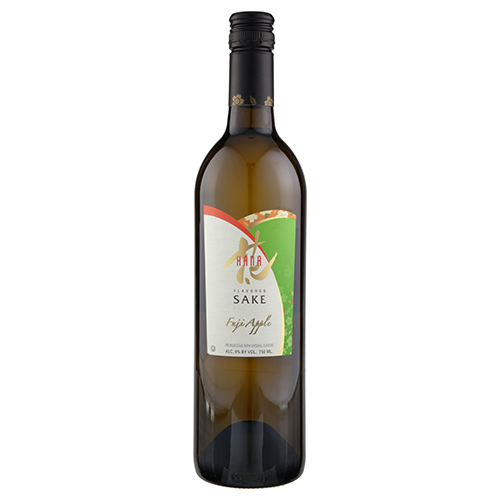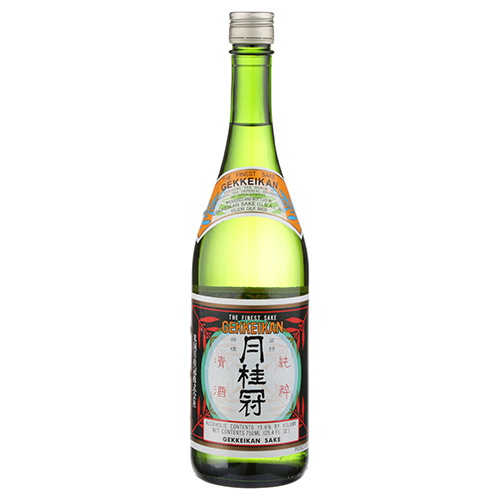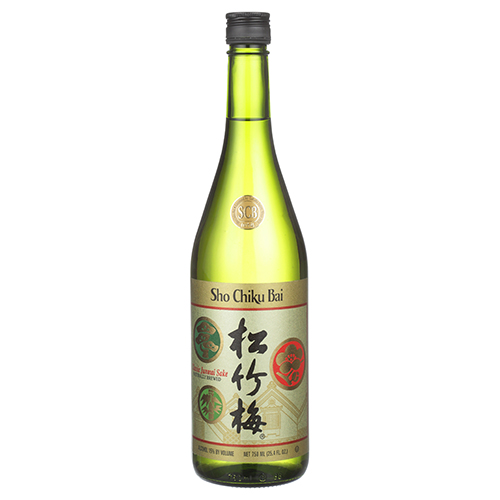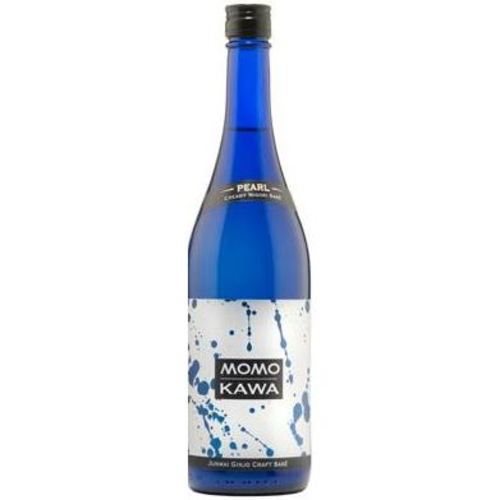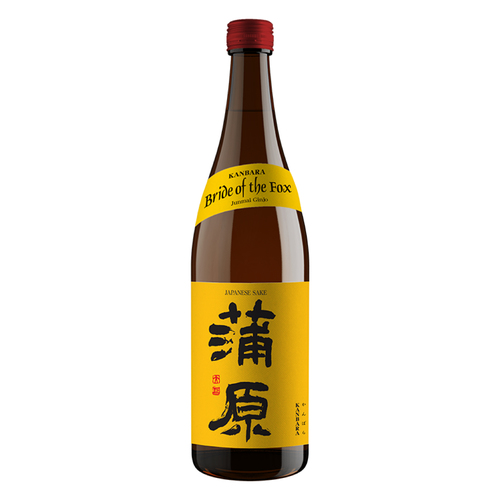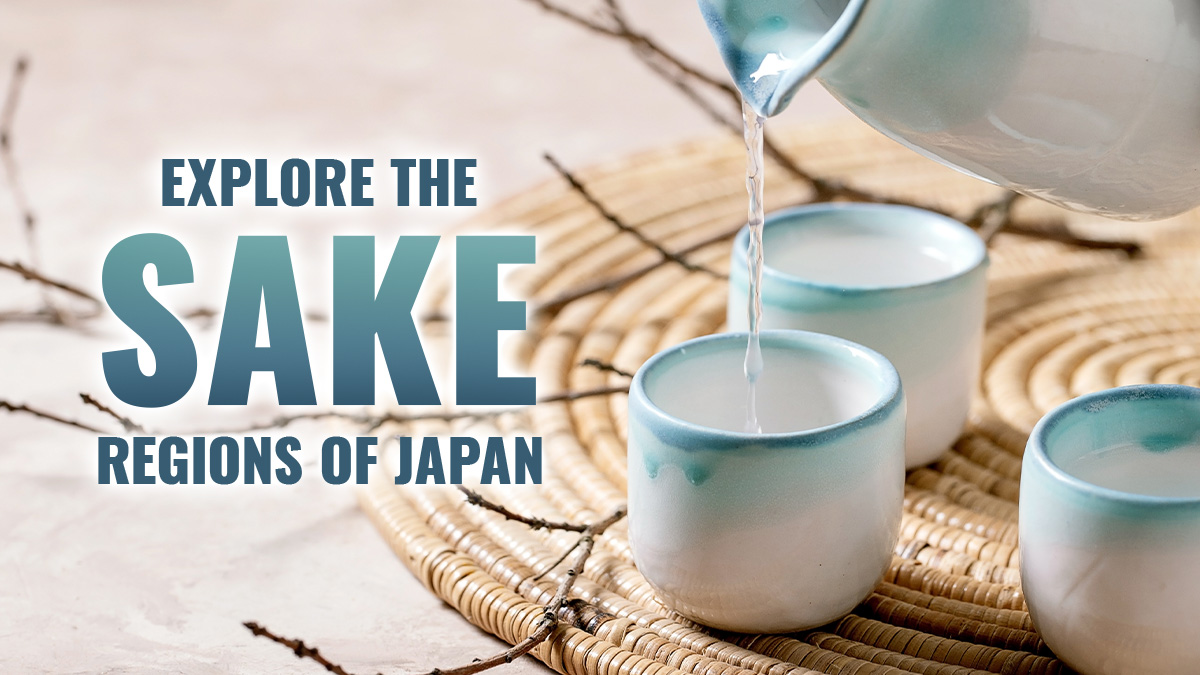
What is Sake?
There’s many reasons to love Japan. The people. The delicious food. The astounding efficiency. The anime and manga. The kaijus who destroy giant buildings. But what we at Spec’s love the most about Japan is the sake.
For those who haven’t experienced this unique drink, sake is a Japanese alcoholic beverage made from fermenting rice. It’s characterized by its pale yellow or green color, mildly sweet flavor, high alcohol content (most have about 19% ABV), and rich history that has made it the national beverage of Japan.
How Is Sake Made?
Like we’ve stated earlier, sake is made from fermenting rice. And while it may look similar to wine or beer making, the process of making sake is more complicated. But it’s in that complicated process that creates a drink that is distinctly unique.
- To start off, we have to polish the rice in a rice polisher. Sake rice needs to be polished to remove the outer layers, which contain proteins, fats, and minerals that can affect the taste of sake. The degree of polishing determines the quality of the sake.
- The polished rice is washed and soaked to absorb moisture, which helps in steaming and subsequent fermentation.
- The soaked rice is steamed to prepare it for fermentation. Proper steaming ensures the rice has the right texture and moisture content for fermentation.
- Then Koji mold spores are sprinkled onto the steamed rice. Koji mold breaks down the rice starches into fermentable sugars. The mold grows over a couple of days, forming a layer of rice with enzymes that will aid in saccharification.
- Next, the sake goes through the main fermentation process known as Moromi to produce the alcohol and flavors. This is where in a fermentation tank, a mixture of koji rice, steamed rice, water, and yeast is combined in a fermentation take throughout multiple stages over a few weeks.
- After fermentation, the moromi is pressed to separate the liquid sake from the solid lees (rice solids, yeast cells).
- The pressed sake undergoes filtration to remove remaining solids. Some sake is pasteurized at this stage to stabilize the flavor and quality.
- We age the sake by putting it in tanks or bottles for several months. This part is optional but some premium sake types undergo aging to develop more complex flavors.
- We blend and dilute different batches of sake to achieve consistent flavor. Water may be added to adjust the alcohol content.
- The sake is now final so it’s time to bottle it and store it for distribution.

What is the Best Sake?
While there are many incredible options for this rice-fermented beverage, these are a couple of our favorites.
Hana Flavored Sake
Hana fuji apple sake appeals to sake lovers around the globe with its fresh aroma that works both straight or on the rocks. It fulfills the palate with the crisp tartness of the fruit and its low alcohol makes it a fine aperitif with a lovely lingering finish that continues the rich taste.
Add to cartGekkeikan Sake
Steeped in the rich history from one of the oldest companies in the world, this versatile sake is herbaceous with hints of grapefruit, mellow flavor with a clean, medium finish.
Add to cartSho Chiku-Bai Sake
This is the most traditional sake. It is characterized by its clean and well-balanced flavor profiles, often showcasing notes of rice sweetness, subtle fruitiness, and a smooth finish. It is versatile and pairs well with a wide range of Japanese and international cuisines, making it a popular choice both in Japan and abroad.
Add to cartMomokawa
Known for its rich and creamy tasting notes with bright and bold tropical notes like banana pineapple and coconut that creates a smooth and enjoyable drinking experience. Momokawa Pearl Junmai Nigori Genshu pairs well with sweet treats, spicy cuisine, and barbecue and is surprisingly produced in Oregon of all places.
Add to cartKanbara Bride of the Fox
This savory sake is inspired by local legends of niigata’s annual fox-bride festival. Local lore tells of mysterious lights that appeared on nearby Mt. Kirin in the distant past which are claimed to be the lanterns carried in the fox-bride procession. While the rice polishing rate of this sake could technically qualify it as a junmai daiginjo, its savory notes and food pairing versatility identify more with the style expected from junmai ginjo. It has intense aromas of grilled nuts pistachio and a hint of white chocolate. Ripe honeydew notes finish crisp with a hint of lingering sweetness.
Add to cartWhat are the Differences Between Hot and Cold Sake?
Like all beverages, temperature directly affects your drinking experience. And with one with such a rich history and tradition like sake, you want to make sure you’re drinking it right. The good news is, you can drink sake however you like. Room temperature. Hot. Cold. It’s up to you, but there are two general rules you should follow. The first one is sake that has big, robust flavors like Junmai is best enjoyed hot. On the opposite side, sake with more delicate flavors like Gingo is best when it’s cold. But feel free to experiment, you may find that you prefer Junmai cold.

Can You Drink Sake with Other Liquors or Beer?
The English teacher in us is fighting really hard not to say “I don’t know. Can you?” But in all seriousness, yes you can. However, the real question is “Is it uncommon to drink sake with other liquors or beer?” And the answer to that is yes. It is uncommon to drink sake and another drink at the same time. Usually, we’ve found people will start by having a beer or two then switch to sake and keep drinking it for the rest of the time.
But if you’re set on having sake with another drink at the same time, there is something you can do.
A Sake Bomb!
Much like a boilermaker, a sake bomb is when you drop a shot of sake in a glass of beer and drink the whole thing quickly. This is more for a social experience and less about flavors as both the flavors of the sake and beer will get diluted.
Most Common Questions About Sake
Now that you know a little bit more about sake, here’s the answers to some of the most common questions about this beverage.
No, sake doesn’t have to be made in Japan. While Japan is well-known for its sake production and has a long history of refining sake-making techniques, sake can be produced in other countries as well.
Junmai – Literally, it means ‘purely rice’. It refers to Sake made with nothing other than rice, water, yeast and Koji fungus.
Ginjo – Premium fragrant Sake with a 60% polishing ratio, can have a slight hint of savory complexity.
Daiginjo – Super premium Sake with a 50% polishing ratio. Usually showcasing elegant fruity, floral perfume with great purity and finesse.
No, sake is not always served warm. In fact, it is recommended for premium-grade sake to be enjoyed chilled. It is all up to your preference.
Sake is often brought out to the table in a ceramic vessel called a tokkuri or ochoshi. It can also come in a bowl with a spout called katakuchi.
This is because of the filtering process used during production. A clear sake is one that’s completely filtered as it has been pressed through a cloth sieve and then run through paper filters. A cloudy sake is also pressed, but not double-filtered. This retains some of the fermented rice grains and sediments.
Tasters have often assessed a particular sake in terms of five flavors. These are karami (dryness), nigami, (bitterness), shibumi (astringency or tartness), amami (sweetness) and sanmi (acidity).
For the front of the label, pay attention to the name of the sake, premium sake classification, ingredients, and production date. For the back of the label, pay attention to the rice polishing ratio, salt meter value (SMV), acidity, type of yeast, production method, and rice variety.
You should store bottles of sake upright in the refrigerator.
Of course it can! Sake can be paired with a variety of food. We highly recommend pairing it with fish, salads, and pickles.


